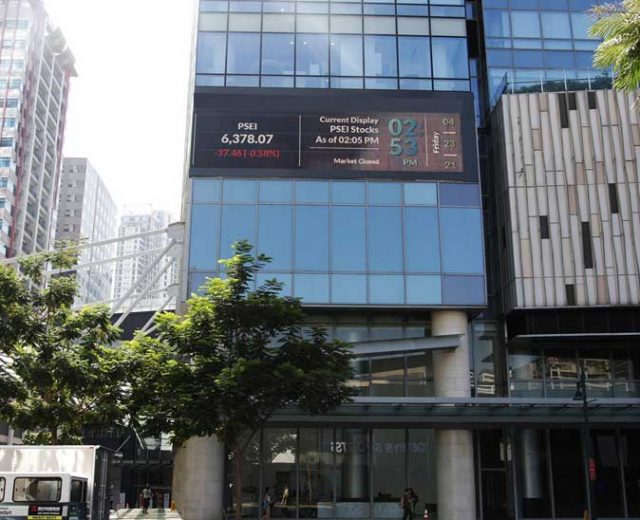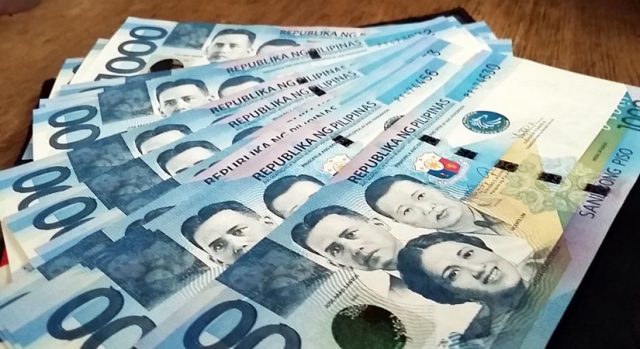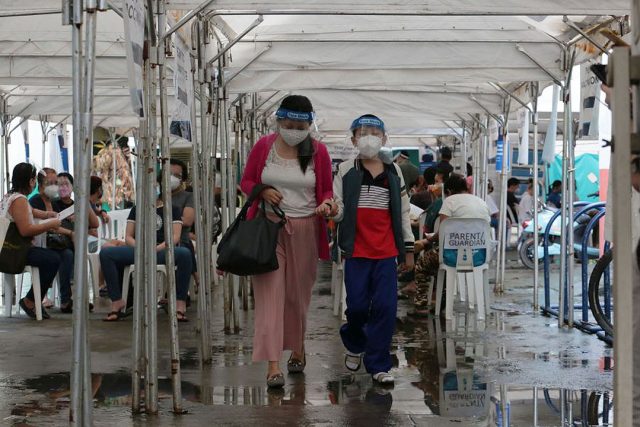Local shares plunge amid fears of US rate hike
Philippine shares fell on Friday as the local bourse took a hit from the higher-than-expected US inflation rate, which could trigger the Federal Reserve to increase its rates next month.
The 30-member Philippine Stock Exchange index (PSEi) plunged 162.26 points or 2.18% to end at 7,270.36, while the broader all shares index dropped 52.61 points or 1.34% to finish at 3,872.13.
“Philippines shares retreated on a red-hot inflation report that could trigger the Fed to hike interest rates as early as March,” Regina Capital Development Corp. Head of Sales Luis A. Limlingan said in a Viber message.
US consumer prices rose by 7.5% in January, the biggest annual increase in inflation in 40 years, which could fuel financial markets speculation for a 50-basis points interest rate hike from the Federal Reserve next month, Reuters reported.
“An aggressive monetary tightening in the US is seen to have repercussions on the local economy including capital outflows and a weakening of the peso,” Philstocks Financial, Inc. Senior Research Analyst Japhet Louis O. Tantiangco said in a Viber message.
COL Financial Group Chief Technical Analyst Juanis G. Barredo said the index reshuffling may have also contributed to the index drop on Wednesday.
He said he expected some volatility in some stocks like Monde Nissin Corp., gaining 12.10%; Emperador Inc., losing 6.25%; Bloomberry Resorts Corp., declining 3.31%; and Robinsons Retail Holdings, Inc., climbing 3.91%. The first two were added to the PSEi membership while the last two were removed.
Cristina S. Ulang, vice president and research head of First Metro Investment Corp., said investors also took profits after the index touched 7,500 levels, which she said is an already a strong resistance, but the index managed to move higher.
Meanwhile, all sectoral indices lost at the end of Friday’s trade, except for property, which gained 7.22 points or 0.21% to close at 3,397.07.
Services led the losers as it tumbled 69.83 points or 3.53% to 1,908.18; holding firms declined 194.88 points or 2.76% to 6,844.31; financials skidded 38.85 points or 2.21% to 1,715.55; industrials plunged 197.21 points or 1.82% to 10,585.54; and mining and oil dropped 106.68 points or 0.96% to 10,951.40.
Value turnover jumped to P22.83 billion with 1.93 billion shares that switched hands on Friday from the P10.48 billion with 1.31 billion issues traded the previous trading day.
Declining issues beat advancing ones, 121 versus 66, while 50 names closed unchanged.
Net foreign buying climbed to P4.47 billion on the last trading day of the week from the P407.82 million net purchases logged on Thursday. — M. C. Lucenio












